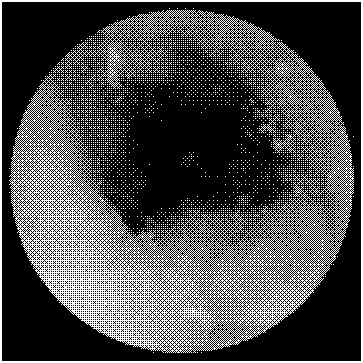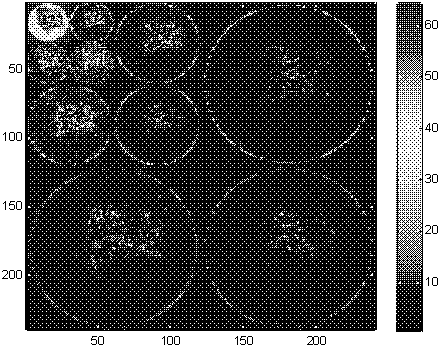Capsule endoscope image retrieval method based on wavelet transformation
A capsule endoscope and wavelet transform technology, which is applied in the field of medical image processing, can solve the problems of difficult inspection, missing diagnostic information, and large reading workload, and achieves the effect of reducing labor intensity and improving diagnostic quality.
- Summary
- Abstract
- Description
- Claims
- Application Information
AI Technical Summary
Problems solved by technology
Method used
Image
Examples
Embodiment Construction
[0035] figure 1 The flow chart of the capsule endoscope image retrieval method based on wavelet transform of the present invention is shown, and the specific steps of the method are described below according to a specific embodiment:
[0036] (1) Build an image library;
[0037] Select a color picture of capsule endoscopy as a standard case image, that is, figure 2 The displayed images are then used to create an image library to be checked that contains 100 endoscopic images, 10 of which are suspected case images that are similar to standard case images.
[0038] (2) Image color space conversion;
[0039] Because the HSI color space can better reflect people's ability to perceive and identify colors, it is very suitable for color-based image similarity comparison and has been widely used in image retrieval. In order to make the retrieved endoscopic case images better conform to the doctor's visual characteristics, the RGB color spaces of the standard case images and the im...
PUM
 Login to View More
Login to View More Abstract
Description
Claims
Application Information
 Login to View More
Login to View More - R&D
- Intellectual Property
- Life Sciences
- Materials
- Tech Scout
- Unparalleled Data Quality
- Higher Quality Content
- 60% Fewer Hallucinations
Browse by: Latest US Patents, China's latest patents, Technical Efficacy Thesaurus, Application Domain, Technology Topic, Popular Technical Reports.
© 2025 PatSnap. All rights reserved.Legal|Privacy policy|Modern Slavery Act Transparency Statement|Sitemap|About US| Contact US: help@patsnap.com



